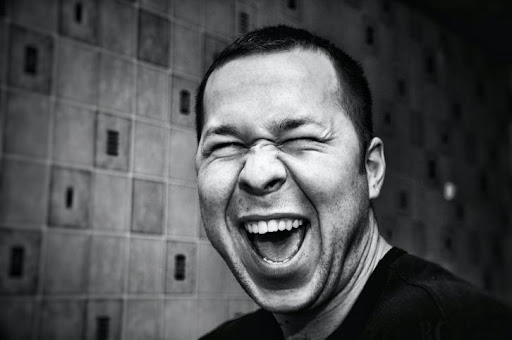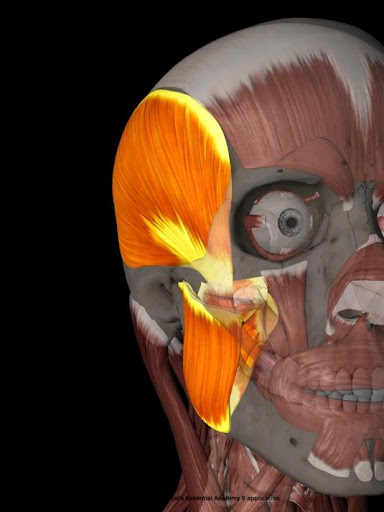The jaw is so important to our day to day functioning. Not only for eating, but appreciate all the other functions the jaw and its associated TMJ assist with: swallowing, pronunciation, facial expression, breathing and maintaining the correct pressure in the middle ear. So when the tempo-mandibular joint (TMJ) starts to hurt, it can significantly affect your well-being.
TMJ pain can be distracting at the least and overwhelming at the worst. Pain in and around your jaw or skull are common symptoms. But according to Johns Hopkins Medicine, the signs of TMJ disorder (TMJD) can include:

- Headaches
- Pain spreading behind the eyes, in the face, shoulder, neck, and/or back
- Earaches or ringing in the ears (not caused by an infection of the inner ear canal)
- Clicking or popping of the jaw
- Locking of the jaw
- Limited mouth motions
- Clenching or grinding of the teeth
- Dizziness
- Sensitivity of the teeth without the presence of an oral health disease
- Numbness or tingling sensation in the fingers
- A change in the way the upper and lower teeth fit together
The TMJ Association indicates that approximately 10 to 35 million people in the U.S. suffer from TMJ disorder (TMJD) at any given time. That’s approaching 10% of our population. And women appear to suffer from TMJD to a much larger extent than do men.
We have all heard about the folks that get TMJ from a dental procedure or from grinding their teeth at night. But there is a wide range of sources and causes for TMJ. Consider that TMJ is often observed in people that have: whiplash, autoimmune diseases, infections, headaches, and various forms of arthritis. There are also genetic and hormonal factors that can increase the risk for TMJ.
Specific conditions that produce localized pain in the head or neck can cause TMJ as well as conditions that produce stress, pain or discomfort around the body. These can be associated with include:
- Spondylitis
- Chronic fatigue syndrome
- Ehlers-Danlos syndrome
- Endometriosis
- Fibromyalgia
- Irritable bowel syndrome
- Heart disease
- Hypertension
- Respiratory conditions
- Sleep disorders
- Depression, PTSD or Anxiety
- Tinnitus
- Vertigo
The size of this list even surprised me.
The Anatomy of TMJD

TMJ pain is often experienced around the joint where the jaw meets the skull and is caused by tight muscles which move the jaw. The joint where the jaw meets the skull is not a bone IN bone joint like the hip – it is a bone ON bone joint, more like the knee. It is composed principally of muscle, tendon and a bursa or articular disc. This is what allows the jaw to move itself forward/backward, left/right as well as up/down.
The articular disc sits between the bone of the jaw and the skull. The articular disc has nerves in it and it is these nerves that are thought to be the source of pain of common TMJ or TMJD.
Much can be learned about the functioning of your jaw by watching it open and close. Both standing up and laying down. The jaw can move smoothly, deviate to one side or the other and “clunk” through certain phases of movement. Watching these movements tells a trained massage therapist about what muscles may be involved in biasing jaw movement.
Muscles involved in the movement of the jaw include muscles on your cheeks (masseter), on your skull (temporalis), in your mouth (lateral and medial pterygoid) and under your jaw (digastrics). These can work together in varying degrees to produce the different jaw movements.
If these muscles are not working in harmony, the body can start recruiting muscles from other parts of the body, including the neck, base of the skull, facial and neck muscles, even down to the chest.
And as with every other part of the body, body posture may also affect the TMJ. Head forward posture can result in pushing the jaw forward, while chest forward posture does the reverse. Both of these positions produce stress in the TMJ.
TMJD and Massage
A careful assessment of all symptoms and intra-oral work on the pterygoids and masseter muscle are the most comprehensive approach. Couple that with work on the hard palate, temples, bottom of the jaw and base on the skull and neck.
I’ve been performing TMJ work for more than three years with positive results. In 2022 I completed an intensive three day course that included intra-oral work, neck techniques and subtle methods to relax aspects of the skull.
Let me know if you would like to discuss the benefits of massage and TMJ.

